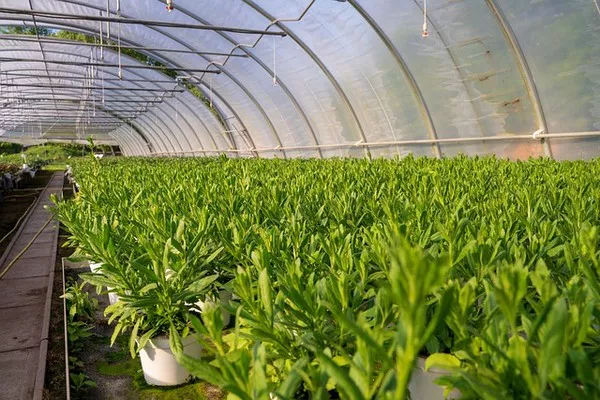Traditional agricultural management strategies have long been fixated on enhancing crop yields. However, the evolving need for sustainable food production has brought environmental concerns to the forefront. A recent study, featured in Grassland Research, delves into the advantages of diversifying agricultural practices, illuminating how various plant species mixtures can enhance production, quality, and environmental conservation.
To conduct this study, researchers embarked on a journey to cultivate diverse plant species in distinct grassland plots. They systematically manipulated plant species richness, ranging from single-species plots to combinations involving up to six species, spanning three functional groups: legumes, herbs, and grasses. The findings underscore the capacity of specific mixtures to elevate plant productivity and bolster resistance against invasive species. Furthermore, the diverse plant species exhibited distinct functional contributions, with legumes and herbs playing pivotal roles in enhancing plant productivity and water availability, while grasses excelled in fortifying resistance against invasions. Legumes, in particular, emerged as key players in maintaining soil nitrogen levels.
Laura Argens, the corresponding author of the study and a Ph.D. student at the Technical University of Munich in Germany, emphasized the universality of the concept. Although the specific plant species and functional groups may differ across regions, the idea of deploying multispecies mixtures to elevate multifunctionality and foster both agricultural production and biodiversity is a concept that holds promise and can be readily adapted in diverse agricultural contexts worldwide.
The study sheds light on the path to more sustainable and multifunctional food production, one that champions ecological conservation while striving for enhanced agricultural productivity. As the world grapples with the intricate challenges of food security and environmental preservation, diversified agriculture stands as a beacon of hope, offering a harmonious approach to meet the dual objectives of feeding a growing global population and safeguarding our planet’s ecological balance.


